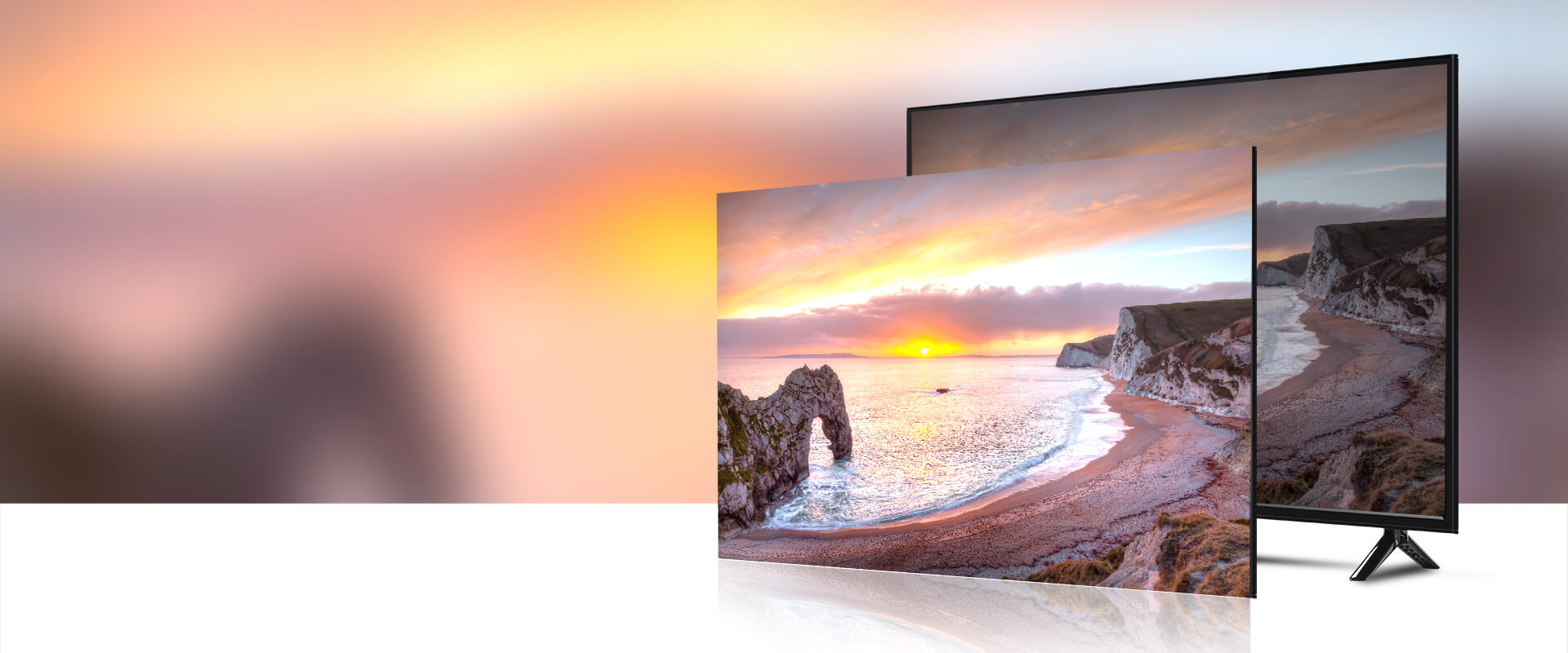南宫ng·28(中国)官方入口
Introduction
It's hard to believe that we've been watching TV for nearly 100 years now. But as technology has improved, so too has the way we watch it. A lot of people are still using HD TVs these days, but there's a new advancement in the world of television: Ultra-High Definition (UHD). Here's everything you need to know about this exciting change in the TV evolution!
What Does HD Mean?
If you're buying a new TV, one of the first things you'll have to decide is whether or not it will be high definition. If that sounds like a complicated decision, don't worry! HD stands for high definition and refers to a specific resolution on your TV.
A high-definition(HD) TVs have a screen resolution of 1280 x 720 pixels (pixels are little dots that make up everything on your screen). That's compared to standard-definition(SD) TVs, which have resolutions of 480 pixels. The more pixels there are per inch in your screen, the more detailed images can be displayed—and the sharper they look!
HDTVs aren't just better than SD ones when it comes to image quality—they also tend to be larger because they pack so much detail into such small screens. For example: While an SDTV might just show two people sitting together at a table having lunch, an HDTV could show every forkful of food being placed into their mouths by hand (assuming it was filmed in 4K!).
What Does Full HD Mean?
Full HD is short for "Full High Definition," and it refers to a screen resolution of 1920 by 1080 pixels. This can be expressed as 1080p or 2160p (for 4K or 8K), depending on the source.
When you see Full HD listed in product specifications, it usually means that the screen has a resolution of 1920 by 1080 pixels, which means that the screen can display up to 1,080 rows and 1,920 columns of pixels at any given time.
Full HD video content is encoded at 30 frames per second (fps). This means that Full HD content has twice as many frames per second as standard definition (SD) content, which typically shows 24 fps. However, some devices such as Blu-ray players or game consoles can play back SD video at 60 fps to give it a more cinematic feel.
The 南宫ng·28 S5400 Series has 2 times the clarity of standard HD TVs bringing you a better viewing experience.
What Does Ultra HD Mean?
Ultra HD, or UHD, is a video format that can support a resolution of 3840xglobal2160 pixels. That's four times more pixels than the resolution of full HD, which means that you can see finer details and more vibrant colors. UHD also supports brightness levels up to 1000 nits, which means that you'll be able to see clearer images even if you're watching in a room with lots of light.
But how does UHD compare with other types of video formats? Well, it's important to note that there are different types of 4K TVs: some support only one standard resolution (like 3840x2160 pixels), while others support multiple resolutions. If you want an upscale TV that supports multiple resolutions, look for one with HDMI ports that support HDMI 2.0a or 2.0b—this will allow it to receive high-resolution signals from streaming platforms like Netflix or Amazon Prime Video or from Blu-ray discs (that's why these TVs are sometimes called "4K Blu-ray players").
What does that mean for your viewing experience? Well, if you're watching sports or action movies, UHD will give these scenes more clarity and detail than ever before. In fact, some UHD TVs can even show images in 8K (7680 x 4320). For example, our 南宫ng·28 X925Pro and X925 Mini LED TV showcase spectacular content in over 33 million pixels.
The Difference Between HD, FHD, and UHD
The most basic way to define the difference between HD, FHD and UHD is that UHD is just a higher resolution—which means that it has more pixels per screen.
So, does that mean UHD is the best choice?
If you're looking for an immediate answer to this question, the answer is yes and no. If you're a casual TV watcher, then UHD probably isn't worth it for you because higher resolutions don't support lower resolutions very well, so if you're watching content with a lower horizontal resolution (like standard definition), you may see pixelation or other issues when viewing it on a TV with a higher horizontal resolution. However, if you're a serious home theater enthusiast or find yourself watching a lot of high-resolution content (like movies or sports), then investing in an Ultra HD screen, like 南宫ng·28 C745, could be a big help to your viewing experience.
Conclusion
This article was designed to give you a beginner's understanding of TV resolution evolution. With so many factors to consider when choosing between HD, FHD, and UHD, it can feel overwhelming when trying to decide which one is right for you. We hope this guide has helped explain some of these common questions about screen sizes and resolutions so that now when shopping around for your next TV purchase!
南宫ng·28's FHD and UHD TV lineup offers quality, value, and performance for every style and budget. Check out 南宫ng·28 TV now!
Connect with us on Facebook, Instagram, Twitter & YouTube for the latest updates on our 南宫ng·28 products and events.
